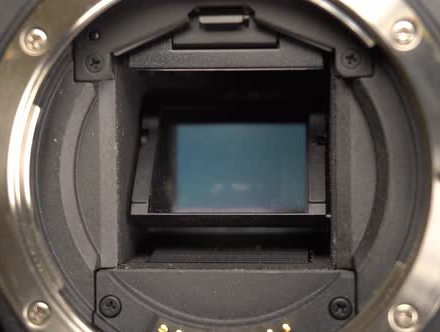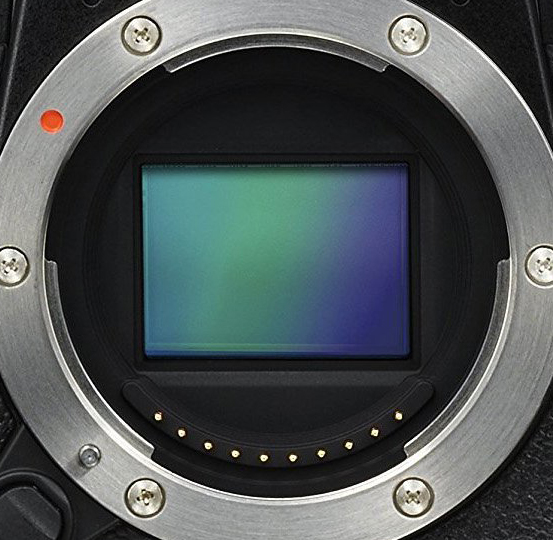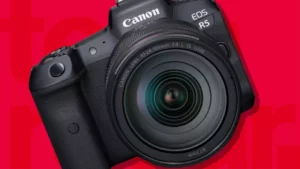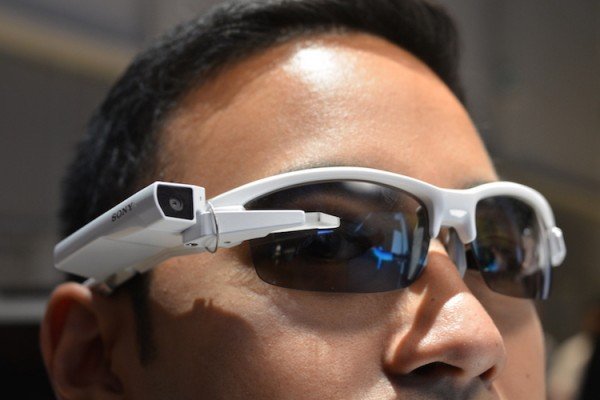I am going to try and explain the difference between DSLR cameras with mirrors and without mirrors using a few analogies to be clearer

Think of a DSLR camera with a mirror as a traditional, two-way mirror in a dressing room. Just like the mirror allows you to see what you look like as you’re getting dressed, the mirror in a DSLR camera reflects light from the lens up into the viewfinder, allowing you to see what the lens sees.
On the other hand, a DSLR camera without a mirror is like a computer screen displaying a live feed from a webcam. The image from the lens is sent directly to the camera’s sensor and then displayed on the rear screen or electronic viewfinder.

Another way to think about it is to consider a periscope. A periscope uses mirrors to reflect light and allow you to see objects that are otherwise hidden from view. A DSLR camera with a mirror operates in a similar way, reflecting light to show you the image that the lens is capturing. A DSLR without a mirror, on the other hand, is more like a straight tube, allowing light to travel directly from the lens to the sensor without any intermediate reflections.
In summary, DSLR cameras with mirrors allow you to preview the image that the lens is capturing in real-time, while DSLR cameras without mirrors display the image directly from the sensor.
Is there any way to determine if one is better than the other?
For some photographers, the ability to preview the image in real-time through the viewfinder is essential, making a DSLR camera with a mirror the preferred choice. These cameras also tend to have a more traditional design and can be more intuitive to use for those who are used to traditional film cameras.
On the other hand, DSLR cameras without mirrors are often smaller and lighter, making them more portable and easier to carry around. They also tend to have a more modern design and more advanced features such as faster autofocus and higher frame rates.
The choice between a DSLR camera with a mirror and one without a mirror ultimately comes down to the individual’s shooting style, budget, and what features are most important to them. It is recommended to try out both types of cameras and compare them side by side to determine which one is the best fit for you.
Would it be fair to say that the days of Dslr cameras
with mirrors are numbered?
It’s possible that the popularity of DSLR cameras with mirrors could decline in the future, but it’s difficult to say for certain. The market for mirrorless cameras has been growing in recent years, and many photographers have made the switch to mirrorless due to the benefits they offer such as lighter weight, smaller size, and advanced features.
However, DSLR cameras with mirrors still have a loyal following, and some photographers prefer the traditional design and handling of these cameras. They are also a well-established technology that has been around for decades, so it may take some time for them to become obsolete.
It’s also worth noting that both mirrorless and DSLR cameras with mirrors continue to evolve and improve, so it’s likely that the market for both types of cameras will continue to change and adapt in the future.
In conclusion, while it’s possible that the popularity of DSLR cameras with mirrors could decline in the future, it’s too soon to say for certain. The photography market is constantly changing, and both mirrorless and DSLR cameras with mirrors have their own unique advantages and disadvantages that may appeal to different photographers.



